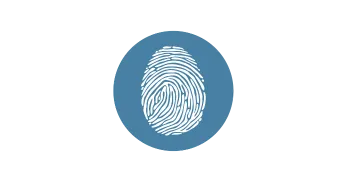You'll WISH You Had Access To This During Your YTT
Claim Your Forever-Access To This Course
Get the Anatomy & Physiology Resource You've Always Wanted
26 Lesson That Give You Confidence In Your Knowledge of the Body - $565 USD
Here's What's Inside
Anatomy & Physiology Online Course
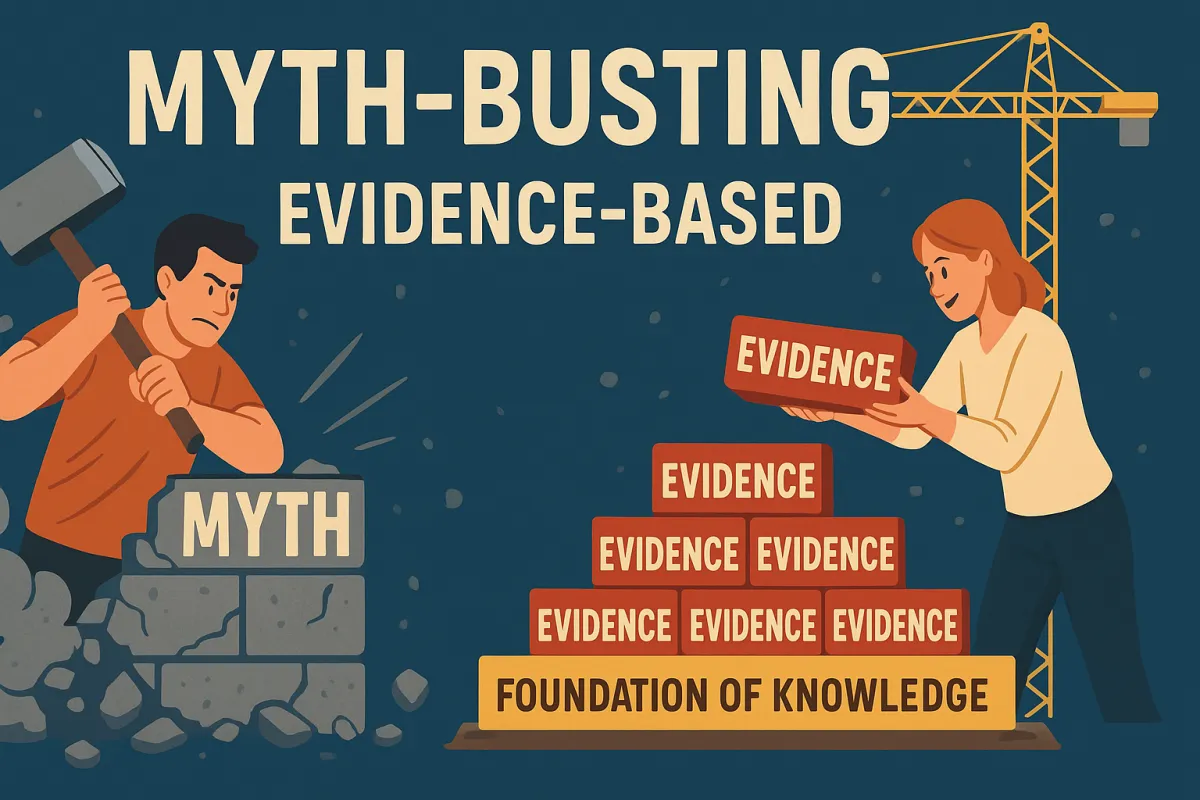
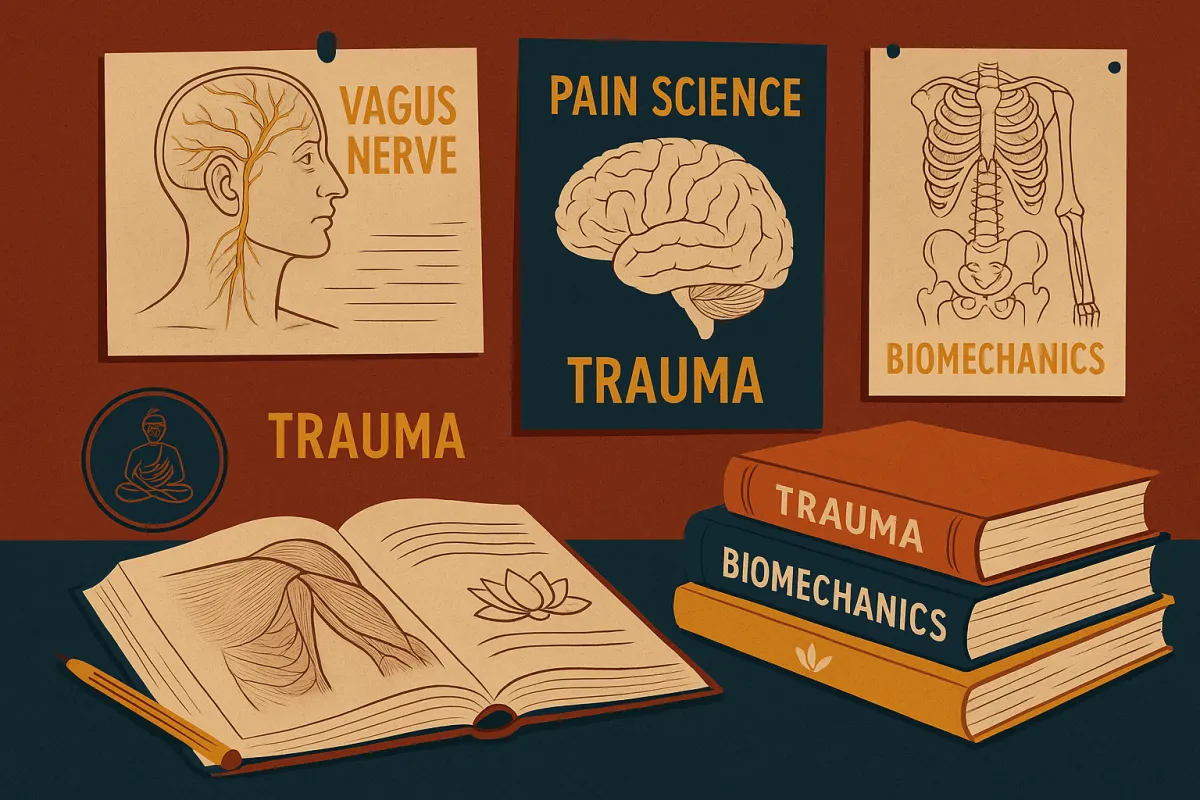
26 lectures (over 22 hrs of content)
Rebuild foundational knowledge that is always skipped
Relevant examples for Manual Therapists & Yoga Teachers
Lifetime access including all future updates
Special Community Forum for Questions & Connecting
Popular topics you want clarity on (like the Vagus Nerve)
Correcting common misinformation
& so much more
Why This Course Will Be A Game-Changer For You

Remove Nocebic Language from your work
Learn the differences between what people usually think is dangerous & what actually is.
Teach from a more informed understanding of what the body can and should do (like knee rotation, as an example).
Taking out any cue that goes "do ____ to protect your _____", and give cues proper purpose instead.

Understand Pain
Pain science has a lot to say about sensation & when we have a greater vocabulary of sensation we can often more appropriately select interventions for ourselves.
Layer in an understanding of things like Trauma & how that complicates the pain "soup".
Open the door to understanding Trigger Points & what we can do about them.
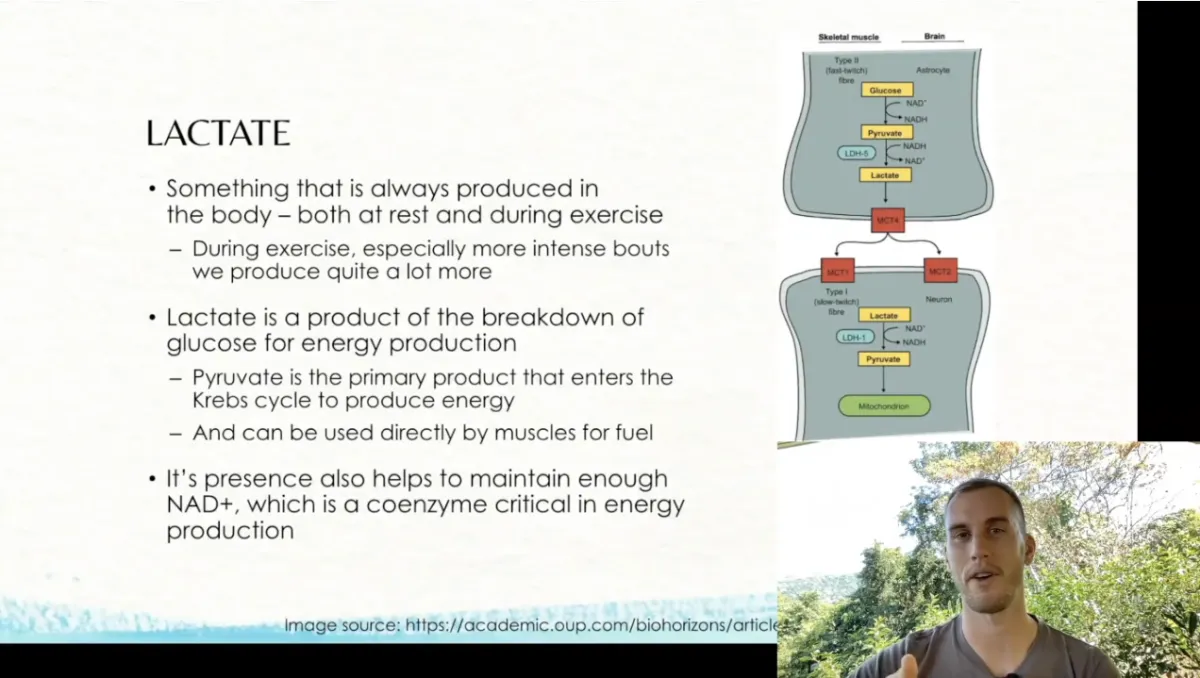
Bust Myths & Use an Evidence-Based Approach
Let go of age-old myths that keep holding you back - things like "Icing injuries is best", and "lactic acid makes you sore", among others.
Update your lexicon on emerging, popular topics like the Vagus Nerve & Trauma and the Brain.
Sift through the muddied waters of flexibility & mobility to gain clarity.
Meet Your Instructor
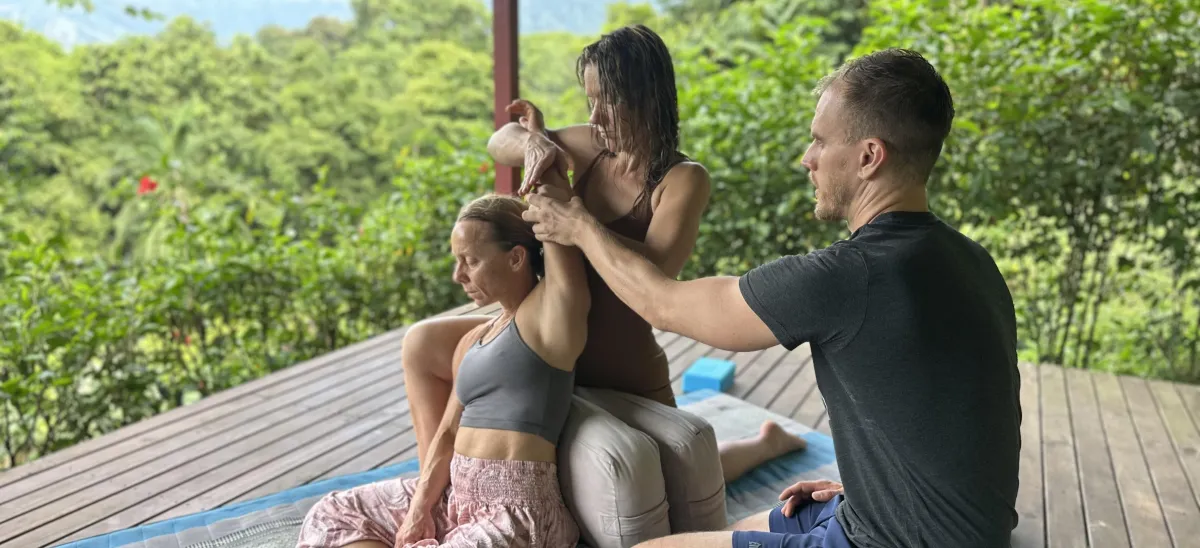
Hey! Drew here.
I'll stop bugging you in a minute. I just think this course is an absolute asset to have in your back pocket. It's the resource that most yoga teachers and manual therapists simply don't get exposure to.
Over a decade ago I was teaching this material to YTTs in Toronto, and it's wild to me that this type of material is still so rare. The claims that I've seen for decades are still being taught! Things like:
"Don't hyper-extend your elbow when in plank, you don't want to injure them" (teachers not realizing that what they're seeing isn't even hyperextension! And clearly not understanding the factors involved in injuries.)
I mean, I also see 75%+ of teachers not even being able to distinguish between flexion and extension. Or external rotation of the shoulder vs. internal rotation. The things that we should really be walking around with confidence in.
That's why this resource exists. Let me guide you through it. I promise you won't be disappointed. Join hundreds of others in the course.
Drew.
Who Is This Course For?
If Anatomy & Physiology was a rushed couple of hours in your YTT.
You feel like there are so many conflicting perspectives about all this stuff (confused about what is valid information and what isn't).
If your clients ask you body-related questions and you have no other recommendations except "just modify your practice as you need".
In The Course, We:
Tackle the convoluted topics of pain, and how they relate to movement and manual therapy
Dispel the idea that muscles are “too short”, or that your bones won’t let you move there as reasons for a lack of flexibility
Show you why “listening to your body” is so much more complex than you think
Discuss the nervous system, including a popular detour into the topic of the vagus nerve
Teach you the real role of lactic acid (and how it doesn’t create muscle soreness)
Discern the ways in which we (and our clients) might be limited in movement, and how training and adaptation might have a role to play that you didn’t previously know about
Who Is This Course NOT For?
Athletic Therapists & Physiotherapists.
If you don't think you have anything left to learn in Anatomy & Physiology.
TESTIMONIALS
What others are saying
"I love how it filled the gaps that I wasn’t aware needed filling"
“I thought the course was one of the most important course I’ve taken, from the perspective of someone who teaches movement and teaches teachers…I love how it filled the gaps that I wasn’t aware needed filling…It’s been invaluable in the development of our own Yoga Teacher training here in the UK!”
~ Hannah
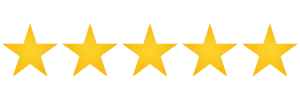
"Communicate like a pro."
“Taking Drew’s online A&P course seriously is the best, clearest A&P course I have ever taken (and I trained as a massage therapist and yoga teacher multiple times). This course goes way beyond just memorizing the names of the muscles and bones. You’ll learn HOW IT ALL WORKS too!!! If you’re a professional yoga teacher or movement educator, you need to be able to communicate like a pro.”
~ Noémi

"your...ability to communicate this knowledge...is remarkable"
“your grasp of multiple complex concepts and ability to communicate this knowledge in a way that’s understandable and effective for all levels is remarkable”
~ Lisa

"I found learning with you to be exactly what I've been searching for"
“I've taken a fair few anatomy trainings, and your intro to anatomy & physiology is by far the best I've ever done.I've been looking for education that feels integrative to movement, as well as approaching education from a more contemporary and realistic view of movement. I found learning with you to be exactly what I've been searching for. I could gush and gush because it's so exciting to find a teacher I enjoy learning from so much!”
~ Dominique

"My 200 and 300 hour level yoga trainings did not address anatomy to this depth"
“LOVE THIS. Honestly, my 200 and 300 hour level yoga trainings did not address anatomy to this depth, which is why I found you!”
~ Taryn

"My mind was blown."
“I wanted to reach out because I just completed the A&P course. I wanted to tell you how impressed I was with the incredible amount of material, knowledge and expertise you provided in each lecture. I haven't been in school for this type of thing in over 20 years and things have changed a lot!What do you mean manual therapy doesn't break up scar tissue?! My mind was blown. Everything you said and the resources provided made a lot of sense and I learned so much. I am incredibly grateful for this experience and will definitely be revisiting the material in the future. Not to mention, taking more of your courses.”
~ Tannis

What You Walk Away With:
Discernment.
A better idea of what is myth and what is fact, making your teaching (and/or your manual therapy practice) more accurate.
Confidence.
Greater confidence that comes from a more nuanced understanding of how the human body works.
Communication.
The ability to be clearer with your communication in class, and an improved ability to answer the questions your students bring you.
What if you’ve taken A&P training before?
Be prepared to have some of your ideas and previous things you’ve learned challenged within this online library. Even if you’ve studied A&P before, you’ll learn something new here, or be asked to unlearn something. Even though it’s not the purpose of this course, we do bust quite a lot of myths that are still very commonly passed around.
This resource is for both beginners and those who have taken a good handful of steps into A&P study. It’s designed especially to either begin your journey with the best possible foundation, or to return to the foundation and fill in gaps that you didn’t even know where there.
